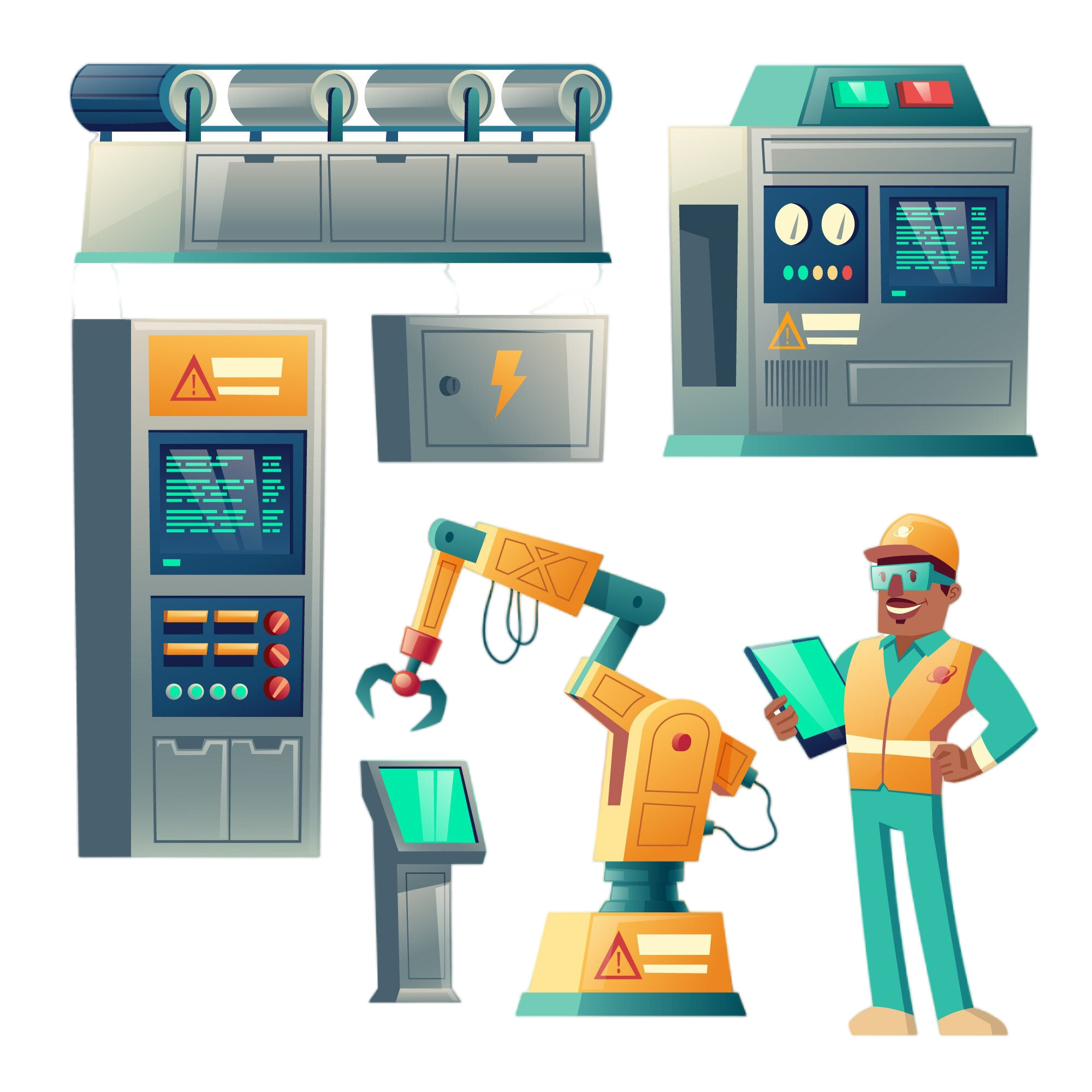A Comprehensive Guide to Plastic Parts Design for Injection Molding

Plastic parts design for injection molding is a complex and multifaceted discipline that requires careful consideration of material properties, design principles, and manufacturing processes. This blog post will explore the essential elements of designing plastic parts, drawing insights from the "Thermoplastics Design Guide for Injection Molding" to provide a detailed and comprehensive understanding.
Introduction to Plastic Injection Molding
Plastic injection molding is a widely used manufacturing process for producing plastic parts. It involves injecting molten plastic into a mold cavity, where it cools and solidifies to form the desired part. This process is highly efficient and suitable for producing large volumes of parts with high precision and repeatability.
Key Design Considerations
When designing plastic parts for injection molding, several key factors must be considered to ensure optimal performance and manufacturability:
- Material Selection
- The choice of thermoplastic material is crucial, as different plastics have varying mechanical properties, thermal characteristics, and chemical resistance. Common materials include polyethylene (PE), polypropylene (PP), and acrylonitrile butadiene styrene (ABS).
- Wall Thickness
- Uniform wall thickness is essential to prevent defects such as warping and sink marks. A consistent wall thickness ensures even cooling and reduces internal stresses within the part.
- Draft Angles
- Incorporating draft angles in the design facilitates the easy release of the part from the mold. Draft angles typically range from 1 to 3 degrees, depending on the material and part geometry.
- Ribs and Bosses
- Ribs and bosses are used to reinforce the part and provide mounting points for other components. They should be designed with appropriate thickness and spacing to avoid issues like sink marks and voids.
- Undercuts
- Undercuts can complicate the mold design and increase production costs. Designers should minimize undercuts or use side actions and lifters to accommodate them.
Best Practices for Plastic Parts Design
To achieve high-quality plastic parts, adhering to best practices is essential. Here are some recommended strategies:
- Prototyping and Testing
- Before full-scale production, create prototypes to test the design and identify potential issues. Prototyping allows for iterative improvements and ensures the final part meets all requirements.
- Flow Analysis
- Conducting a flow analysis helps predict how the molten plastic will fill the mold. This analysis can identify potential problems such as air traps and weld lines, enabling designers to make necessary adjustments.
- Mold Design Optimization
- Optimizing the mold design is crucial for efficient production. Consider factors such as gate location, cooling channels, and ejection mechanisms to enhance the molding process.
- Material Considerations
- Select materials that are compatible with the intended application and environment. Consider factors like UV resistance, impact strength, and thermal stability.
- Design for Manufacturability (DFM)
- Collaborate with manufacturing experts to ensure the design is feasible and cost-effective. DFM principles focus on simplifying the design, reducing material waste, and minimizing production steps.
Common Defects and Solutions
Understanding common defects in injection-molded parts and their solutions is vital for achieving high-quality results:
- Warping
- Warping occurs due to uneven cooling or internal stresses. Solutions include designing uniform wall thickness, optimizing cooling channels, and using materials with low shrinkage rates.
- Sink Marks
- Sink marks are depressions on the part surface caused by material shrinkage. To prevent sink marks, maintain consistent wall thickness, use proper rib and boss design, and optimize packing pressure during molding.
- Flash
- Flash is excess material that leaks out of the mold cavity. It can be minimized by ensuring proper mold clamping, maintaining optimal injection pressure, and using well-maintained molds.
- Short Shots
- Short shots happen when the mold cavity is not completely filled. Solutions include increasing injection pressure, optimizing gate design, and ensuring proper material flow.
Conclusion
Designing plastic parts for injection molding requires a thorough understanding of material properties, design principles, and manufacturing processes. By following best practices and addressing common defects, designers can create high-quality, reliable, and cost-effective plastic parts.
The "Thermoplastics Design Guide for Injection Molding" provides valuable insights and detailed guidelines to aid designers in this complex process. By leveraging this knowledge, manufacturers can achieve superior results and maintain a competitive edge in the market.
Whether you're new to plastic parts design or an experienced professional, this guide serves as an essential resource for creating successful injection-molded components.
For those looking to delve deeper into specific aspects of plastic parts design, consider exploring topics such as advanced material selection, mold flow simulation techniques, and case studies of successful injection-molded products. The journey to mastering plastic parts design is continuous, but with the right knowledge and tools, it is certainly achievable.

